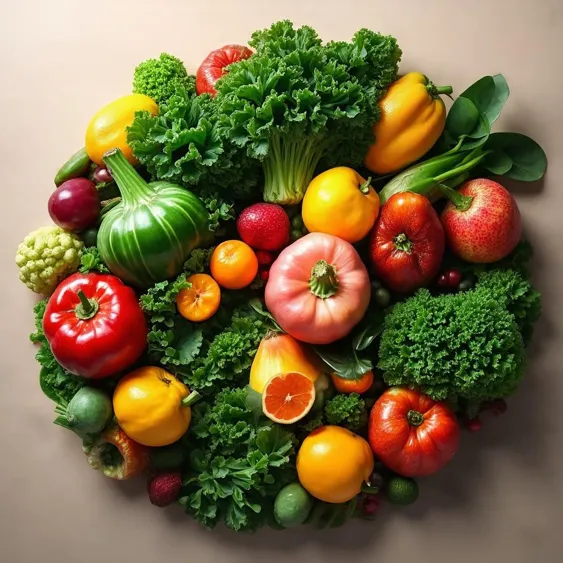The Promising Future of Natural Food Colors

The move away from artificial food colors marks a significant transformation in the food industry. As health consciousness among consumers continues to rise, the demand for natural and safer food alternatives has gained momentum. The U.S. Food and Drug Administration has begun phasing out synthetic dyes—like Red Dye No. 3 and Yellow Dyes 5 and 6—setting a precedent that underscores the need for innovation in food coloring. This shift is relevant not just for public health but also for the industry’s adaptability, reflecting the growing consumer preference for transparency and natural ingredients in their food.
At the heart of this transformation are innovative solutions using natural sources for food coloring. Companies like Fermentalg are exploring microalgae, specifically Galdieria sulphuraria, known for its ability to produce Galdieria blue, a pigment now approved by the FDA for food use. This process demonstrates how nature can be harnessed for safe, vibrant food colorings that meet modern market demands. In a similar vein, U.S.-based Sensient utilizes vegetables like carrots and potatoes to extract natural pigments. However, replicating vibrant synthetic shades presents a challenge. As Paul Manning, CEO of Sensient highlights, natural colors can sometimes appear duller, leading to mixed responses from consumers. The demand for equally vivid natural alternatives is crucial, especially as brands like Nestle and Kraft Heinz commit to reformulating their products.
Read These Next

3I/ATLAS: Cosmic Intruder or Alien Probe?
The commentary examines the implications of the 3I / ATLAS interstellar object and its potential link to extraterrestrial intelligence, reflecting on how it fits into broader astronomical discourse.

Study uncovers microbial adaptation in plateau animals
Study shows altitude affects plateau pika gut microbiota, revealing adaptations for survival on the Qinghai-Xizang Plateau.

China's Lunar Brick-Making Machine for Sustainable Habitats
Commentary on the successful development of the first lunar regolith brick-making machine as part of China's lunar exploration initiatives, highlighting its significance and potential applications.
